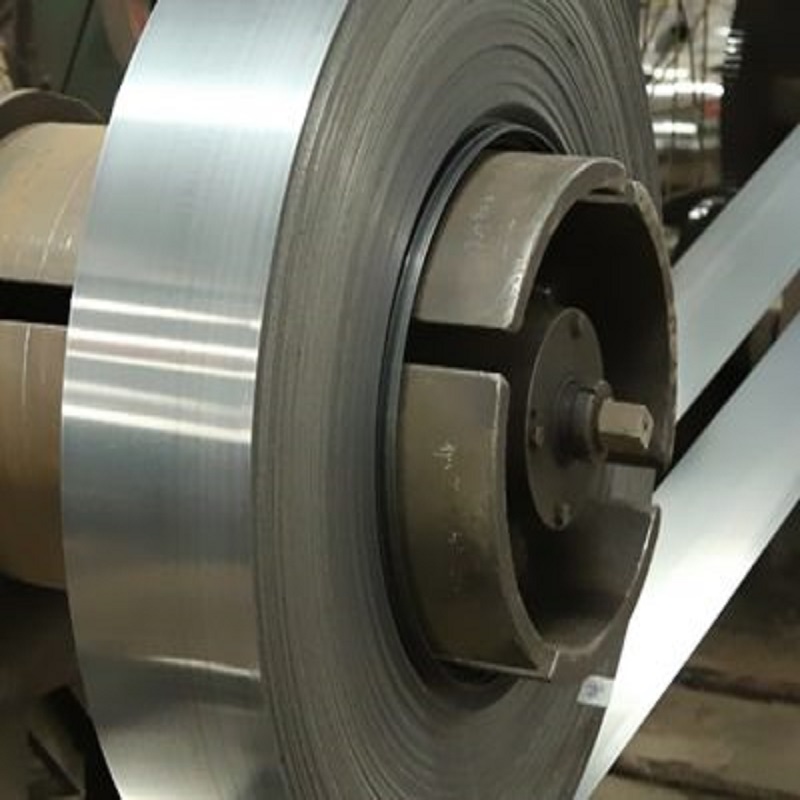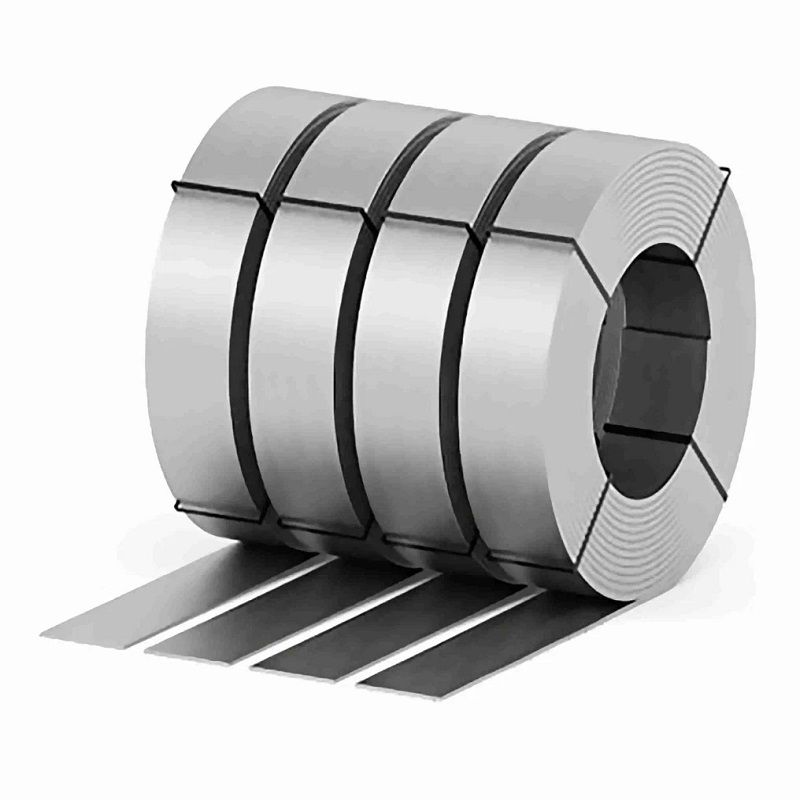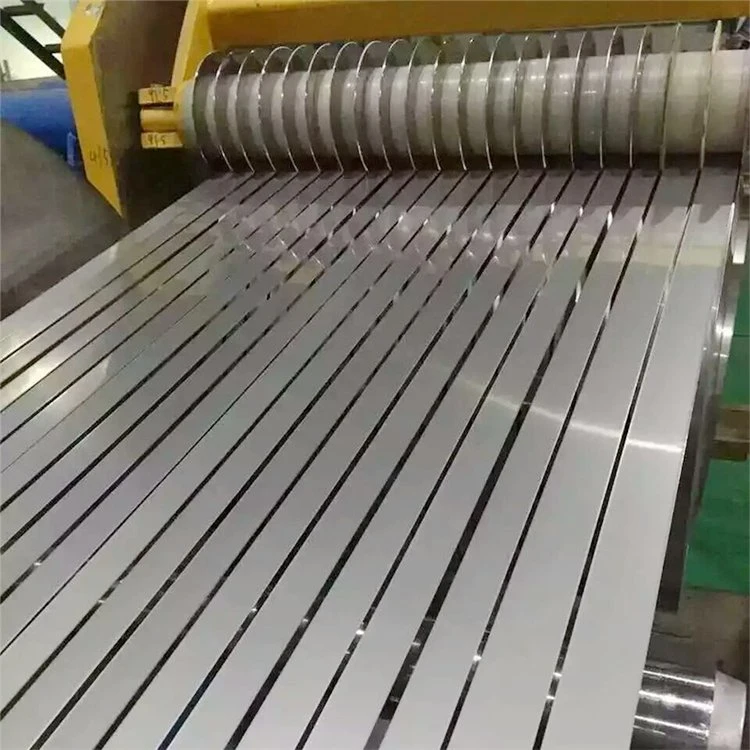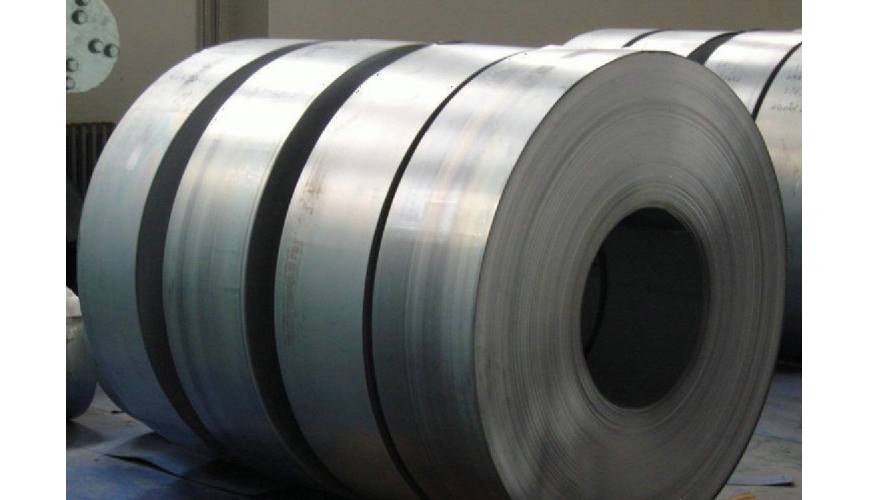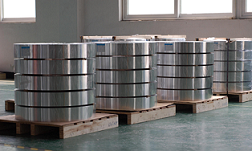ASTM Cold Rolled Steel Strip
Cold-rolled strip metal refers to hot-rolled strip metal and metal plates as uncooked materials, which are rolled into strip metal and skinny plates by using a bloodless rolling mill at room temperature.
The commonplace thickness is 0.1~3mm and the width is 100~2000mm. Cold-rolled strips or plates have the benefits of appropriate floor finish, appropriate flatness, excessive dimensional accuracy, and precise mechanical properties.
Products are typically produced in rolls, with a massive element processed into lined metal sheets.
Description:
Cold-rolled strip metal normally has a thickness of 0.2~3mm and a width of 100~2000mm. It makes use of hot-rolled strip metal as uncooked cloth and is rolled via a four-roller or six-roller bloodless rolling mill at room temperature.
Strip metal with a thickness of much less than 0.2mm is known as ultra-thin strip metal or foil. It is made of cold-rolled strip metal and is similarly processed. It is typically rolled through a multi-roller mill.
Since cold-rolled plate and strip metal has a variety of product specifications, excessive dimensional accuracy, exact floor quality, and better mechanical and procedure residences than hot-rolled strip steel, it is broadly used in equipment manufacturing, car manufacturing, rolling stock, constructing structures, aviation Industrial sectors such as rockets, mild food, digital instruments, and family appliances.
Property & Specification:
1. Narrow and thin
2. Precise dimensions
3. Tight tolerances
Material : | Cold-rolled steel strip |
Length : | As customized requested. |
Width & Length Tolerance: | +/-3mm |
Compared with hot-rolled strip, cold-rolled strip has the following advantages:
① Since there is no temperature drop and temperature unevenness in the manufacturing of hot-rolled plate and strip for the duration of the cold-rolling process, extraordinarily skinny strips can be produced with a minimal thickness of 0.001 mm;
② During the bloodless rolling process, no iron oxide scale is produced on the floor of the rolled piece, and it is pickled earlier than rolling, so the floor great of the product is good, and a number different surfaces can be given to the strip in accordance to requirements, such as hard surface, suede floor or polished surface, etc.;
③Cold-rolled strip metal can meet a broad vary of mechanical property necessities thru a positive diploma of bloodless rolling deformation and suitable coordination with exceedingly easy warmness treatment. However, the blanks used in cold-rolled strips are furnished with the aid of warm rolling, so their improvement is affected by way of warm rolling. Only by using always enhancing the pleasant degree of hot-rolled coils, which includes floor quality, structural properties, thickness tolerance flat form Degree, etc., can allow higher improvement of cold-rolled strip steel.
Production Process
The cold-rolled strip manufacturing system ordinarily controls billet preparation, pickling, bloodless rolling, annealing, and finishing.
The clean coaching requires chemical composition, width, and thickness dimensional tolerances (three-point distinction and same-line difference), and sickle bends ought to meet the requirements. The floor have to be easy and clean, and there must be no cracks, folds, delaminations, pores, non-metallic inclusion defects, etc.
Before pickling, the strip metal must be straightened and butt welded to facilitate non-stop pickling. Pickling is commonly to dispose of iron oxide scale. During the pickling process, the awareness and temperature of the acid answer and the ferrous salt content material in the acid answer have to be controlled.
To manage the thickness and plate shape, the reduction, speed, tension, and roll kind must be adjusted. The thickness is mostly managed by using AGC, and the plate form is in general managed by using adjusting the roll profile (roller crown and crown compensation measures), such as HC, CVC, etc.
Packing & Delivery:

